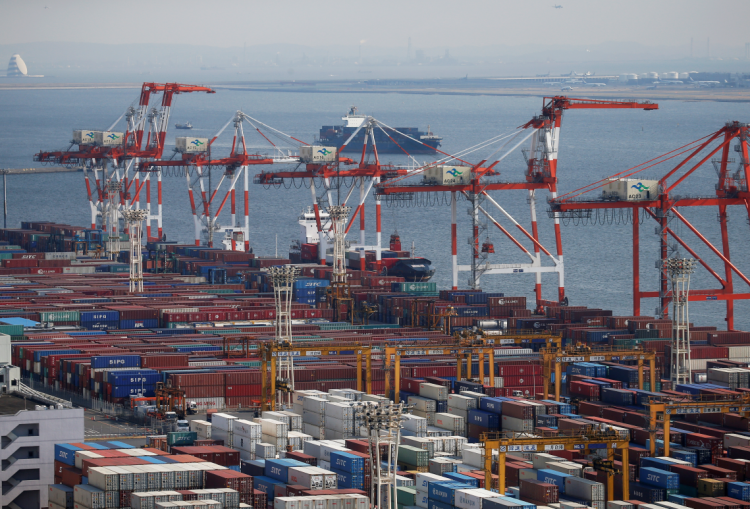The crisis in the Red Sea continues to disrupt the global shipping market.
According to the latest industry data, due to the threat of attacks, half of the container ships that regularly traverse the Red Sea and the Suez Canal have chosen to avoid this route.
Flexport reported that a total of 299 ships with a combined capacity of 4.3 million containers have already changed their routes or are planning to do so. This figure has doubled from a week ago and accounts for about 18% of global capacity.
Flexport noted that compared to direct transit through the Suez Canal for transportation between Asia and Europe, rerouting around Africa takes 25% more time. Moreover, this detour increases the cost of shipping. If this situation persists, it could lead to price increases for various goods from athletic shoes, food to oil, ultimately affecting consumers.
Earlier, the U.S. established a multinational convoy escort in the southern Red Sea and the Gulf of Aden to counter attacks in the Red Sea. With this assurance, Maersk, the world's second-largest container shipping company, said last week it was preparing to resume Red Sea transport, and French shipping giant CMA CGM announced its "return to the Red Sea." However, German shipping giant Hapag-Lloyd stated on Wednesday that the escort fleet still cannot ensure the safety of Red Sea transport and insists on rerouting around the Cape of Good Hope.
Teodoro, a senior advisor at MDS Transmodal, believes that "aside from rerouting, shipping companies can also start adjusting their shipping networks."
Teodoro also emphasized that the disruptions in the Suez Canal and Panama Canal highlight the need for an international authority to monitor how to provide capacity and at what price if we want a more resilient global supply chain.






